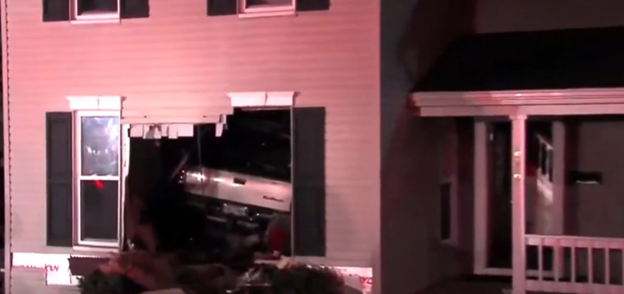Lesson Two: Emergencies and Malfunctions (9.2)
Even the most cautious drivers may experience an emergency. It is important to have a plan before an emergency happens because if you don’t, panic takes over and mistakes are made. In the previous chapter, you learned how preventative maintenance can prevent emergencies and and malfunctions and through out this program you have learned the skills necessary to operate a vehicle safety. Following these practices and performing the skills will greatly reduce the the chance of an emergency happening however situations can occur where one might happen. For that reason, knowing what to do in the event of an emergency is important.
 Emergencies and Malfunctions
Emergencies and Malfunctions
WKST- Emergencies and Malfunctions
Types of Emergencies
- Tire Blow Out
- Brake Failure
- Evade Head On Collision
- Wildlife Collison
- Engine Stalls
- Stuck Accelerator
- Hood Flies Up
- Off Road Recovery
- Car Fire
- Submerged Car
Common Practices
- Remain calm
- Firmly grip the steering wheel
- Look to your target
What supplies should you stock in an emergency kit in your vehicle?

These types of situations can happen fast and be unsettling and scary. After an emergency, be prepared to take a moment, if necessary, and calm down. Pull over to a safe location, turn on your hazard lights and only return to the road if your vehicle is in working condition and when you feel comfortable.
Essential Questions
-
What are some of the behaviors needed to avoid or minimize risk when responding to emergencies and/or malfunctions?
A fixed object that’s as far ahead as you can see above the center of your intended lane.
